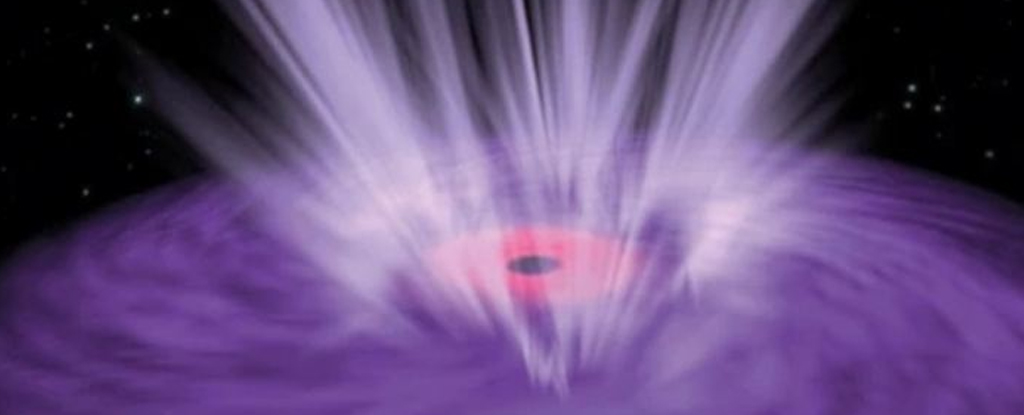Supermassive black holes (SMBHs) at the center of active galactic nuclei (AGNs), also known as quasars, emit powerful space winds known as ultra-fast outflows (UFOs). These winds move at relativistic speeds close to the speed of light and regulate the behavior of SMBHs during their active phase. These emissions are believed to fuel the process of star formation but are not yet well understood.
The SUBWAYS Project
The SUper massive Black hole Winds in the x-rAYS (SUBWAYS) project is an international research effort that aims to study quasars using the ESA’s XMM-Newton space telescope. The project consists of astronomers and astrophysicists from various institutions across the world, including the INAF, ESA’s European Space Astronomy Centre (ESAC), the Space Telescope Science Institute (STScI), and others.
Findings of the SUBWAYS Project
The SUBWAYS team used the X-ray Multi-Mirror Mission (XMM) to analyze active galactic nuclei for a period of more than 1.6 million seconds (eighteen days). Their analysis included 17 AGNs located 1.5 to 5 billion light years away, to which they added data from 5 AGNs collected by previous observations. The team analyzed high-energy spectra emitted in the X-ray band by elements like iron to get a better look at UFOs.
Their results showed that in about 30 percent of the AGNs analyzed, there are space winds traveling at speeds of 10 percent to 30 percent of the speed of light. These findings allow the team to establish with greater certainty that a significant proportion of active galactic nuclei hosts UFOs.
Implications for Galactic Evolution
The powerful winds arise when dust and gas in the SMBHs accretion disk are ejected outwards, transferring some of the material and energy into interstellar space. Research has shown that this mechanism has important implications for regulating the process of star formation. The intensity of these gas flows is sufficient to significantly change the ecosystem of their galaxies. These ultra-fast winds play a vital role in the reciprocal relationship between an SMBH and the galaxy surrounding it, where the two influence each other’s formation and evolution.
The SUBWAYS project’s first results provide new independent evidence of the existence of highly ionized matter that is ejected from the innermost regions of active galactic nuclei at speeds close to that of light. By studying ultra-fast outflows from supermassive black holes, astronomers hope to improve our understanding of what governs galactic evolution.



Leave a Reply